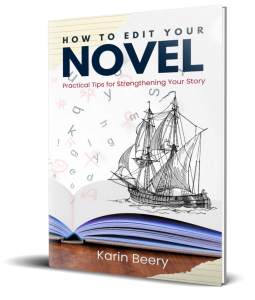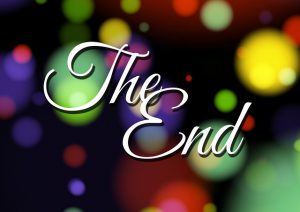 Last month we talked about author voice (click here if you missed it). How is that different from character voice, and what do you need to know about character voice?
Last month we talked about author voice (click here if you missed it). How is that different from character voice, and what do you need to know about character voice?
Author Voice vs. Character Voice
Your author voice is how you see the world, which influences how you write about it. Your natural tendency to be poetic or humorous or technical are all part of your voice. Character voice is how each of your characters see the world, which influences how they describe and think about it.
The Spoken Voice
Anything your characters say should reflect their voices, and their voices are determined by their backstory. Things that influence character voice include:
- Age
- Gender
- Education
- Location
- Family
- Occupation
For example, an Asian immigrant living in Alabama will speak differently than a native-born Alabamian (is that a word?). Likewise, a third-generation man of Asian-American decent will also speak differently than an Asian immigrant.
Artists will see the world differently than mechanics who will see things differently than college professors. High school dropouts will have a different vocabulary from high school graduates which will be different from doctoral candidates. People from Maine, Michigan, and Madagascar will all use different slang and accents.
Every aspect of your characters’ lives will influence how they view the world and speak about it. But the spoken voice isn’t the only voice in a manuscript.
The Internal Voice
Where many authors falter with character voice is with the internal voice—their characters’ thoughts. Everything shown from a character’s perspective (external and internal) needs to reflect the same voice.
For example, an isolated lumberjack who never went to college isn’t going to grunt and mumble single-syllable words while thinking elaborate Shakespearean thoughts (unless he’s a lover of Shakespeare that you reveal later in the story). What often happens is this:
Female dialogue = female’s voice
Male dialogue = male’s voice
Everyone’s thoughts = author’s voice
Instead, you want to write:
Female dialogue & thoughts = female’s voice
Male dialogue & thoughts = male’s voice
Everything written in a scene—whether it’s dialogue, thoughts, descriptions, or interpretations—should reflect the point-of-view character’s voice. If you want to show another character’s perspective, you need to include a scene break to change the point of view. If you want to show your perspective, switch to nonfiction. How you write the novel reveals your voice, but if you want to highlight your thoughts and interpretations, fiction isn’t the best vehicle for that.
If you have questions about character voice, leave a comment or contact me at karin@writenowedits.com.
For more fiction-writing tips and advice, follow me on Facebook at Writing Now Editing, or sign up for my monthly newsletter and learn the easiest way to make a good impression with agents and publishers!












